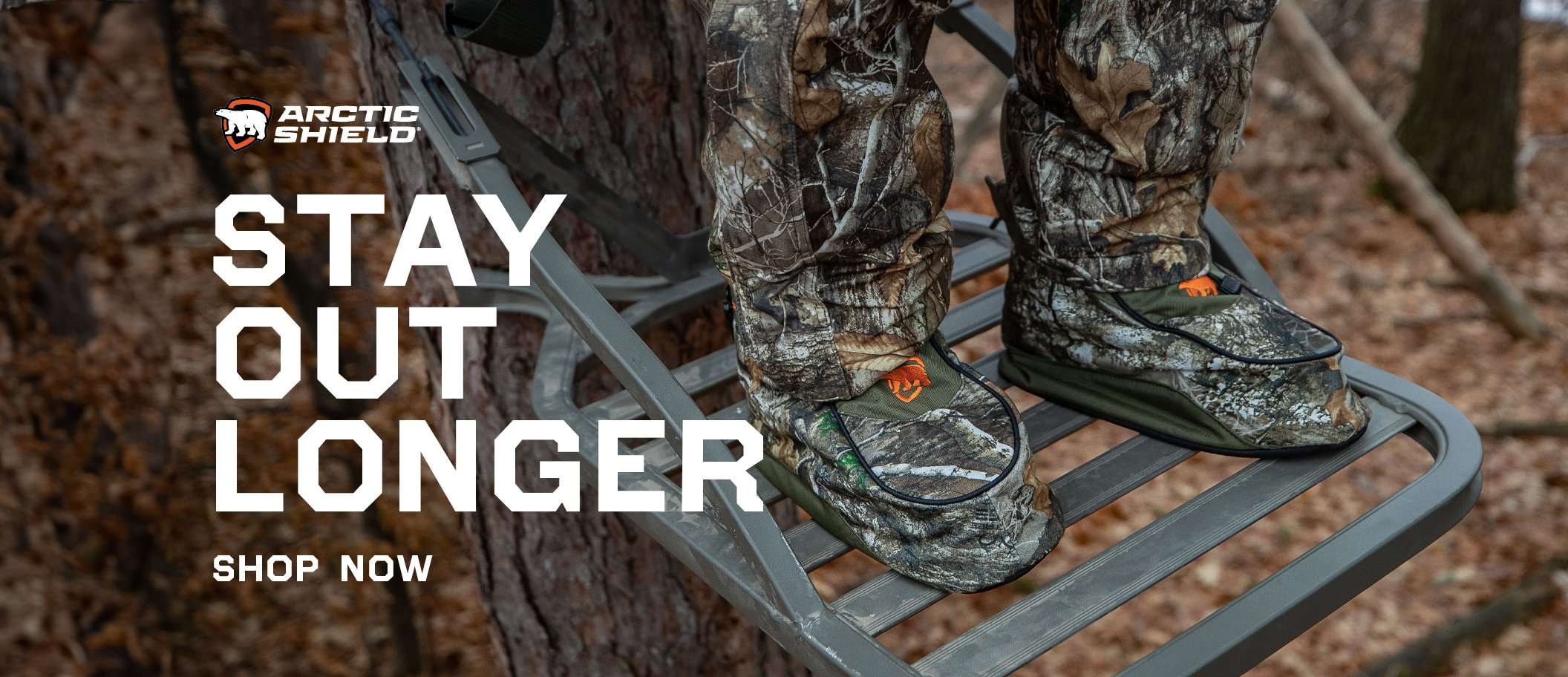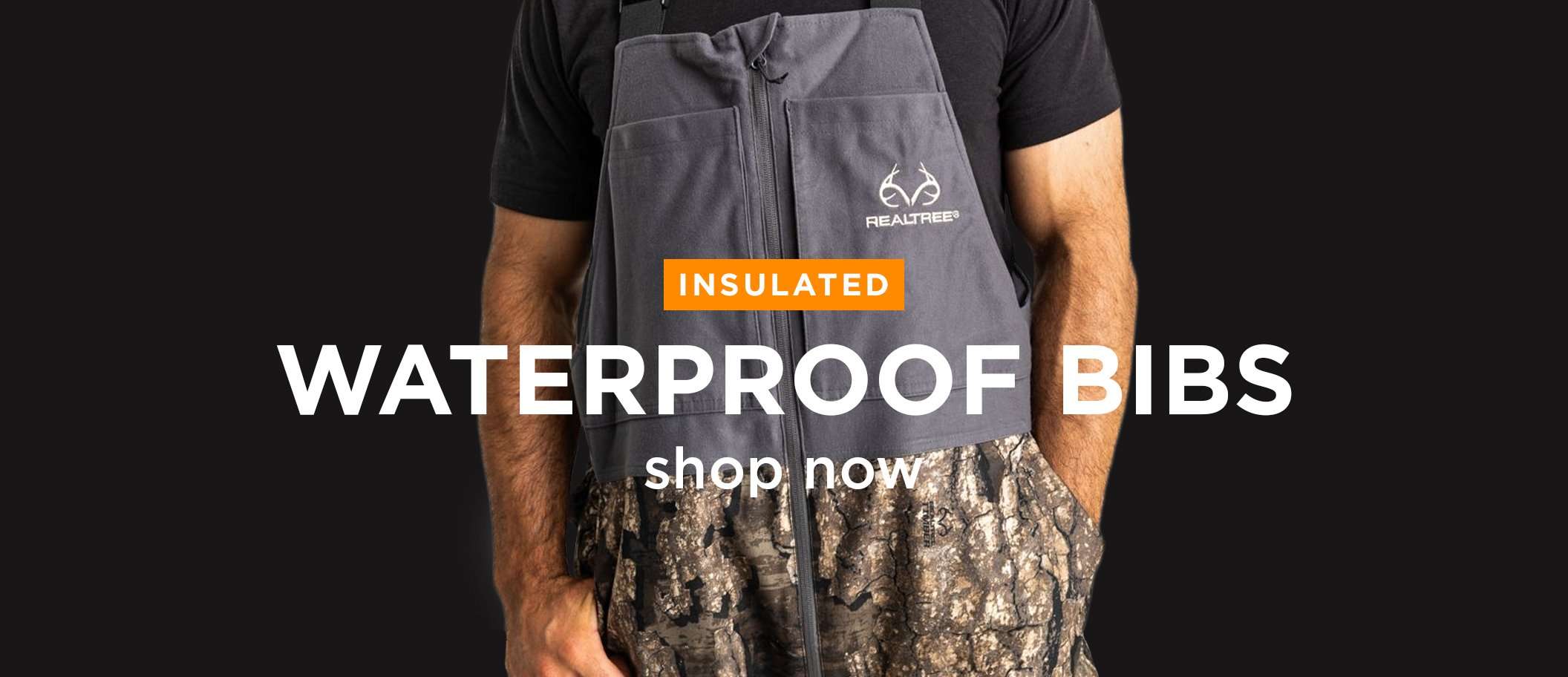The latest popular figures might not indicate what’s really happening, and other factors continue to muddy the situation
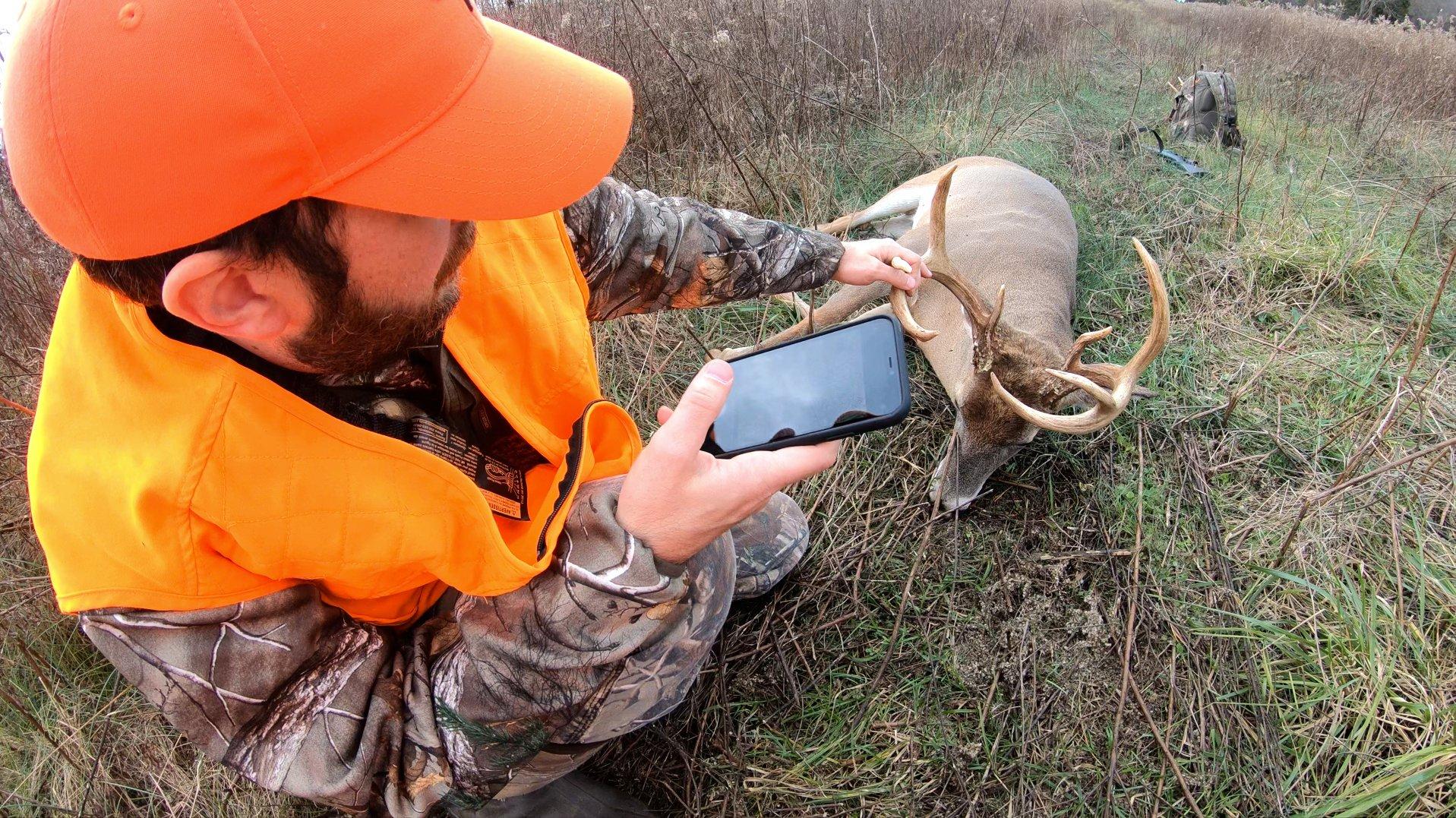
Some say hunters are a dying breed, but is that narrative really accurate? Image by Honeycutt Creative
A couple of years ago, I pulled into a public-land parking lot in Ohio. I started gathering my gear just as a jacked-up truck pulled up, with lights and tires that must’ve been compensating for something. The driver stopped in the middle of the road 10 yards in front of me, and the four or five fellows crammed into the cab just glared. And I stared back … for three minutes. “If this is it, might as well be over a buck,” I thought. They eventually drove off.
This past year, while scouting some Indiana public land for whitetails, I found about as many permanent treestands as I did buck rubs. I jumped two deer in 12 hours of walking 800 acres. And this past spring, during a Tennessee public-land turkey hunt, I hunted a spot that appeared to be accessible only by boat. It looked like a mighty fine area to snag a gobbler. But all I called in were two turkey hunters — right into the decoys. A fair number of my other public-land outings the past several years resulted in similar experiences. Locating unpressured public land has never been tougher.
Finding private land isn’t much easier. I’ve had my current 80-acre Ohio hunting lease for five years and have shot four nice bucks on it. I just tagged another great deer there. But I’d like to find a new spot. The problem is that leases are sky high. And even with a wad of cash in hand, securing one is downright difficult.
According to a premier hunting land leasing agency, the average Ohio property leases within five minutes of being posted online. That isn’t enough time to talk about it with a hunting buddy, let alone drive minutes or hours to walk the tract and see if you like it. Translation: Private hunting land is in higher demand than ever before. So hold on to what you have.
And don’t tell a Western hunter his kind is dying. They’ll likely blacken your eye about it, or at least give you a good cussing.
Of course, the hunter number discussion is not new, and popular data suggests hunter numbers are in steep decline. But it doesn’t feel like it. And in some states, deer harvests are at or close to record levels.
So, are there actually fewer hunters? What gives?
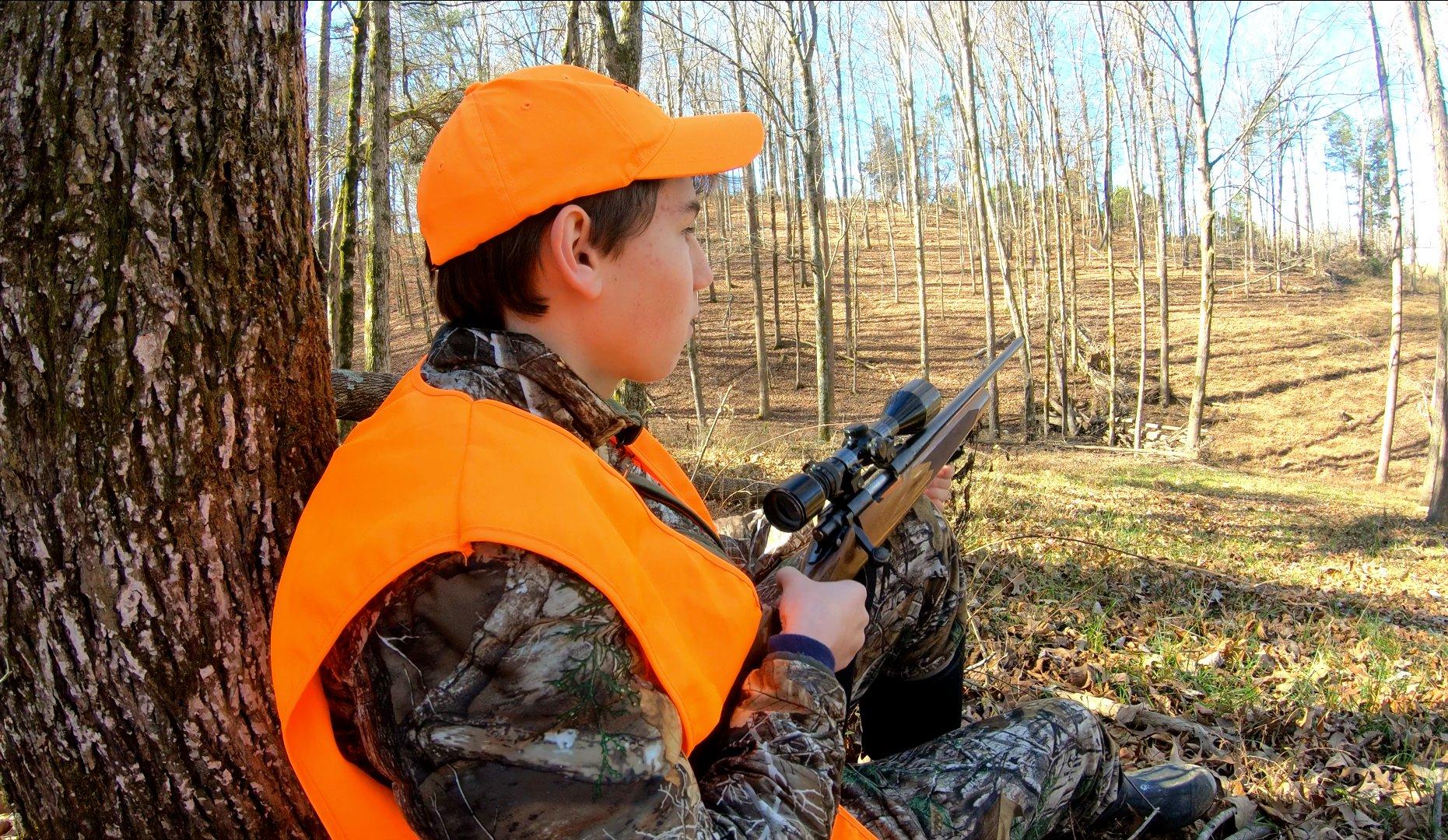
According to many sources, the issue with hunter numbers is an aging hunting population. Image by Honeycutt Creative
Inaccurate Data?
For decades, the gold standard of monitoring hunter numbers has been the National Survey of Fishing, Hunting, and Wildlife-Associated Recreation, which is conducted by the U.S. Fish and Wildlife Service. However, wildlife agencies and professionals are beginning to greatly question the accuracy of that report.
“The USFWS publishes a national survey every five years that has hunter number data,” said Kip Adams, chief conservation officer of the National Deer Association. “However, many state wildlife agencies disagree with the FWS data. When the FWS publishes its report, the estimated number of hunters in some states is very different from what the states know they have (from actual license data).”
We’ve been sold the doom-and-gloom hunter number issue for years. And although numbers are down slightly during the past 20 to 30 years, it likely isn’t the steep decline we’ve been hearing about.
I’m not alone in my questioning, either. Reports as far back as 2009, and much more recent posts have indicated that hunter numbers have actually remained quite stable during the past 20 to 30 years, rather than the stark drop-off suggested by the USFWS.
According to Gear Junkie, there were about 14 million hunters in 1958 and 15 million in 2020.
“We have really good data from the 37 states east of the Rocky Mountains,” Adams said. “Those states make up the Midwest, Northeast, and Southeast, and cover about 90% of all white-tailed deer populations. In 2001, those 37 states had about 12.6 million hunters. By 2006, they dropped to 12.2 million, but increased to 12.9 million by 2011. Today, they’re estimated to be around 12 million.”
Takeaway: The numbers increase and decrease through time.
But although hunter numbers aren’t an issue right now, it’s possible they could be in the future. “We haven’t lost a lot of hunters yet, but the big problem is our current hunters are aging out,” Adams said. “Meaning, we will be losing a lot in the next five to 10 years.”
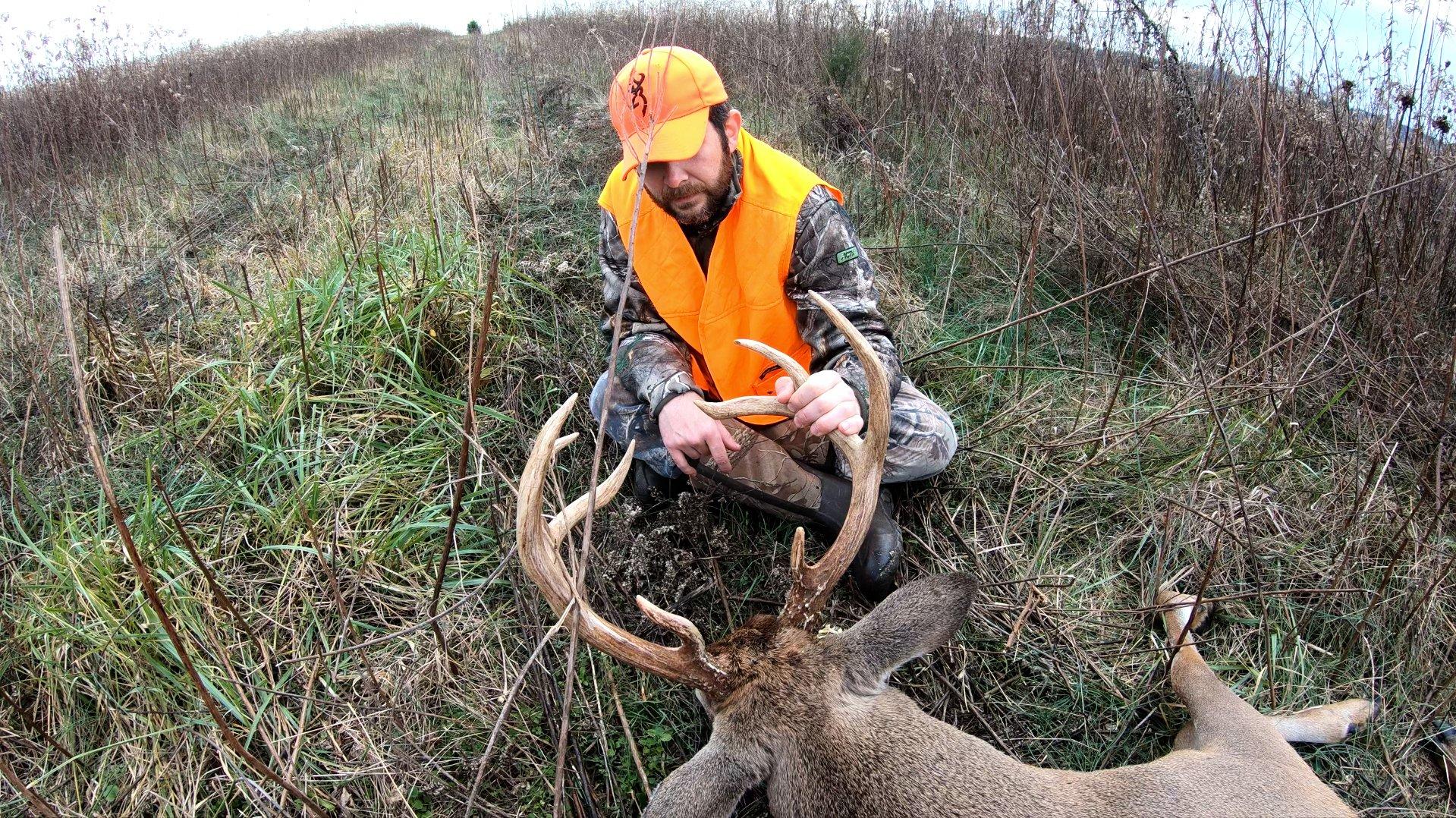
Finding a tract of private land hunting ground, or even unpressured public land, has never been more difficult. Image by Honeycutt Creative
It’s a State-Level Issue
Contrary to popular sentiments, hunter numbers aren’t lower in every state. Most states have slightly fewer hunters today than 20 to 30 years ago, but many actually have more sportsmen and women going afield.
“Pennsylvania had 1 million in 2001 and around 850,000 today,” Adams said. “Conversely, Florida had 226,000 in 2001 and 351,000 today. Most have fewer hunters today, though.”
Georgia, Idaho, Oklahoma, Tennessee, Texas, and others have experienced increases in hunter numbers, too. In short, the hunter number discussion looks different in each state and should be addressed accordingly.
The Truth of the Matter
Although hunter numbers appear to be down slightly the past few decades, it seems like there are far more. Why is private-land access so much harder today than ever before?
“They aren’t decreasing a lot (as stated), but there’s been a huge cultural change over the past two decades regarding willingness to allow others on private property,” Adams said. “This extends to far more than just hunting. I live in the small rural town I grew up in, where nearly everyone hunted nearly every woodlot and farm field. Today, nearly all of that wildlife habitat still exists, but it’s nearly all posted, and a bunch of the posted land isn’t hunted. Thus, landowners aren’t posting it to keep the hunting rights to themselves. They’re posting it to keep other (hunters, hikers and others) off.”
Likewise, if hunter numbers are actually decreasing, why does public land feel more pressured today than ever? That answer is multifaceted. First, public land hunting is in vogue now, thanks in part to a rise in public-land hunting content. Secondly, as private land becomes more difficult to access, more hunters must resort to public ground.
Additionally, habitat destruction continues to plague wildlife everywhere. Land is being cleared at unprecedented rates for agriculture, development, and housing. Those are places previously inhabited by deer and deer hunters. When habitat vanishes, so do whitetails and those who hunt them. And that is our biggest threat — not a decline in hunter numbers, which are currently stable and fluctuate through time.
Don’t Miss: HOW MUCH DO DEER DISEASES COST US?

